26 Aug How Exercise Can Help Reduce Anxiety: A Complete Guide
How Exercise Can Help Reduce Anxiety: A Complete Guide
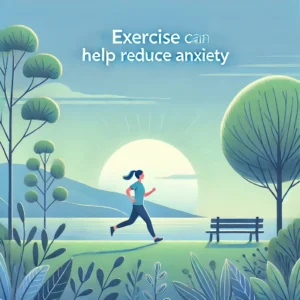
Anxiety is a common mental health issue that affects millions of people worldwide. While therapy and medication are often the go-to treatments, exercise has emerged as a powerful, natural way to manage and reduce anxiety. This blog post will explore how exercise can help alleviate anxiety, the science behind it, and the best types of exercises to incorporate into your routine.
1. The Connection Between Exercise and Anxiety
1.1 How Exercise Impacts Mental Health
Exercise has been shown to have a profound effect on mental health, particularly anxiety. Physical activity triggers the release of endorphins—often referred to as the “feel-good” hormones—which can elevate your mood and reduce feelings of anxiety.
1.2 Reducing Stress Hormones
When you exercise, your body reduces the levels of stress hormones like cortisol. This can lead to a more balanced mood and a reduction in anxiety symptoms.
1.3 Improving Sleep and Energy Levels
Exercise can also help improve sleep quality, which is often disrupted by anxiety. Better sleep can lead to better overall mental health, reducing the severity of anxiety symptoms.
2. The Science Behind Exercise and Anxiety

2.1 Neurotransmitter Regulation
Exercise boosts the production of neurotransmitters like serotonin and dopamine, which play key roles in regulating mood and anxiety levels. Regular physical activity helps maintain a stable balance of these chemicals, contributing to a calmer and more positive mental state.
2.2 Brain Plasticity and Resilience
Physical activity promotes neuroplasticity, or the brain’s ability to adapt and form new connections. This can help build resilience against stress and anxiety, making it easier to cope with daily challenges.
2.3 Distraction and Mindfulness
Exercise provides a healthy distraction from anxious thoughts. Whether it’s a run in the park or a yoga session, focusing on physical movement can help shift your attention away from worries and into the present moment, promoting mindfulness.
3. Best Types of Exercise for Reducing Anxiety
3.1 Aerobic Exercise
Aerobic exercises like running, swimming, and cycling are particularly effective for reducing anxiety. These activities increase your heart rate, promote the release of endorphins, and can help clear your mind.
3.2 Strength Training
Lifting weights or doing bodyweight exercises can also be beneficial for managing anxiety. Strength training has been shown to improve mood and reduce stress, making it a great option for those looking to build both physical and mental resilience.
3.3 Yoga
Yoga combines physical movement with mindfulness and deep breathing, making it a powerful tool for reducing anxiety. Practicing yoga regularly can help lower stress levels, improve flexibility, and promote a sense of calm.
3.4 Mindful Walking
Walking, especially in nature, can be incredibly calming. Mindful walking, where you focus on your surroundings and the sensations in your body, can help ground you and reduce anxiety.
3.5 Group Exercise
Group exercise classes or sports can also reduce anxiety by providing a social outlet and a sense of community. Connecting with others through physical activity can alleviate feelings of isolation and boost your mood.
4. How to Start an Exercise Routine for Anxiety Relief
4.1 Set Realistic Goals
Start small and set achievable goals. Whether it’s a 10-minute walk or a short yoga session, consistency is key. Gradually increase the intensity and duration of your workouts as you become more comfortable.
4.2 Choose Activities You Enjoy
Find exercises that you genuinely enjoy. This will make it easier to stick with your routine and turn exercise into a positive habit rather than a chore.
4.3 Make It a Routine
Consistency is crucial for reaping the mental health benefits of exercise. Aim to incorporate physical activity into your daily routine, even if it’s just a short session.
4.4 Listen to Your Body
Pay attention to how your body feels during and after exercise. While pushing yourself is important, it’s equally important to rest and recover to avoid burnout or injury.
5. Success Stories: How Exercise Transformed Lives
5.1 Personal Testimonies
Countless individuals have found relief from anxiety through regular exercise. Here are a few success stories of people who turned to physical activity to manage their mental health and saw remarkable improvements in their anxiety levels.
6. Tips for Staying Motivated
6.1 Track Your Progress
Keep a journal or use an app to track your workouts and how you feel afterward. Seeing your progress can be incredibly motivating and can remind you of the positive impact exercise has on your anxiety.
6.2 Find a Workout Buddy
Having a workout partner can make exercise more enjoyable and hold you accountable. Whether it’s a friend, family member, or even a pet, having someone to share the experience with can keep you motivated.
6.3 Reward Yourself
Celebrate your achievements, no matter how small. Whether it’s treating yourself to a relaxing activity or enjoying a healthy snack, rewarding yourself can reinforce your commitment to exercise.
Conclusion
Exercise is a powerful tool for managing anxiety, offering both immediate and long-term benefits. By incorporating regular physical activity into your routine, you can reduce anxiety symptoms, improve your mood, and enhance your overall mental health. Whether you’re just starting out or looking to deepen your existing routine, exercise can be a vital part of your anxiety management strategy.
So, lace up your sneakers, roll out your yoga mat, or hit the weights—your mind will thank you for it!
How Exercise Can Help Reduce Anxiety: A Complete Guide

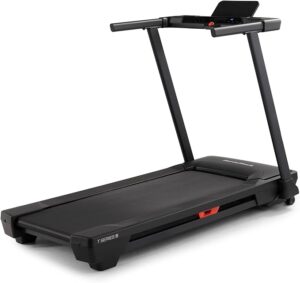
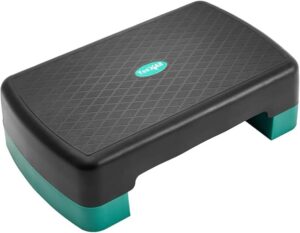
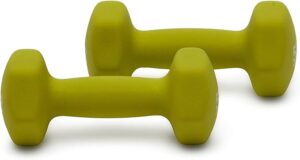
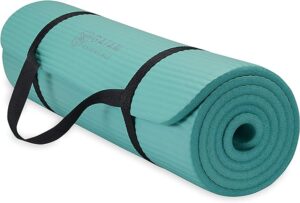

No Comments